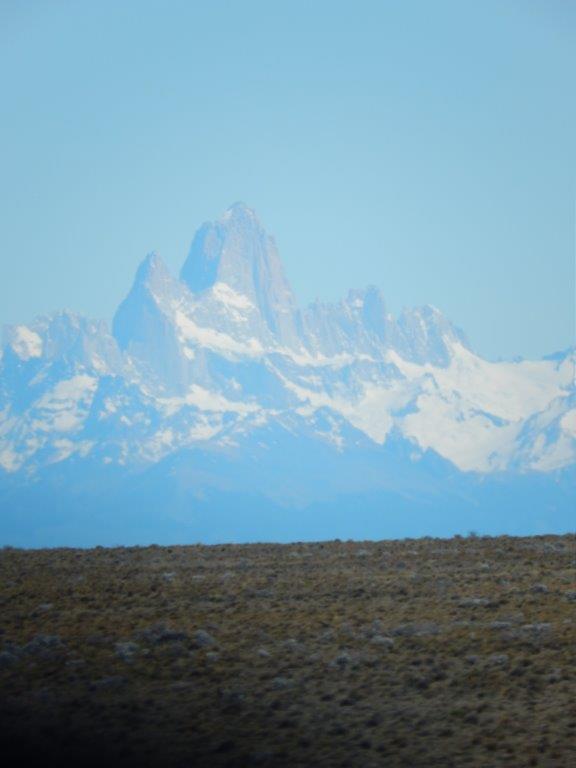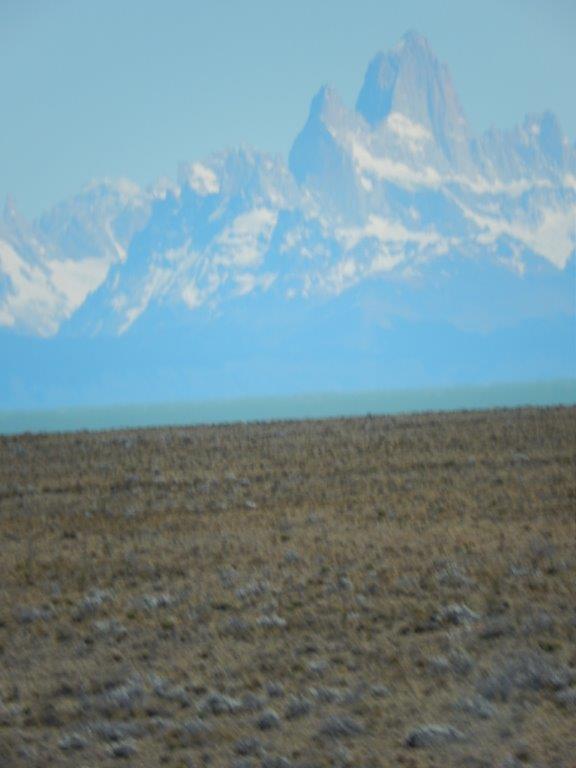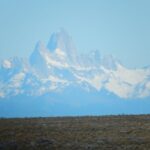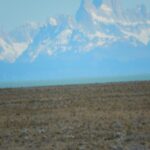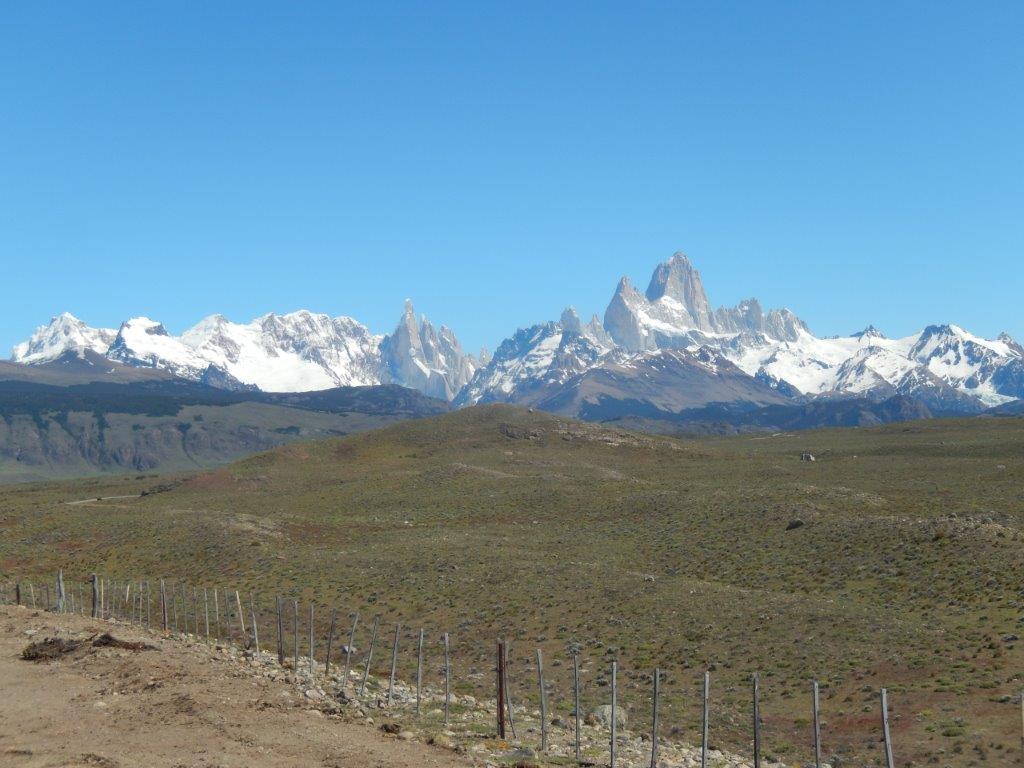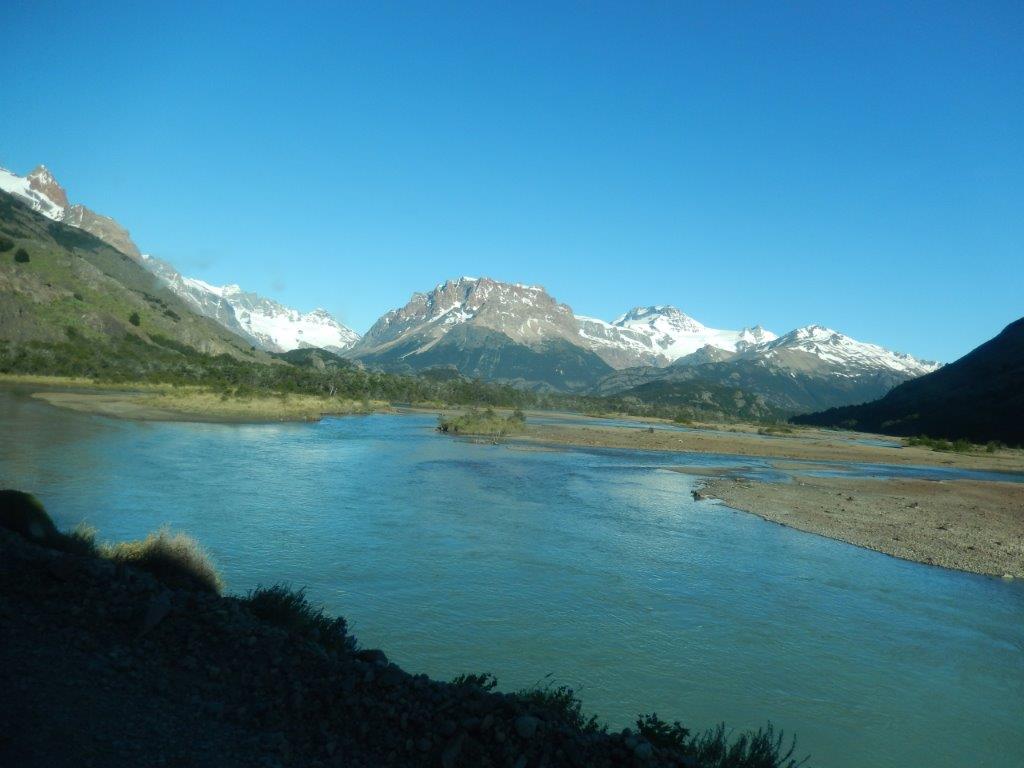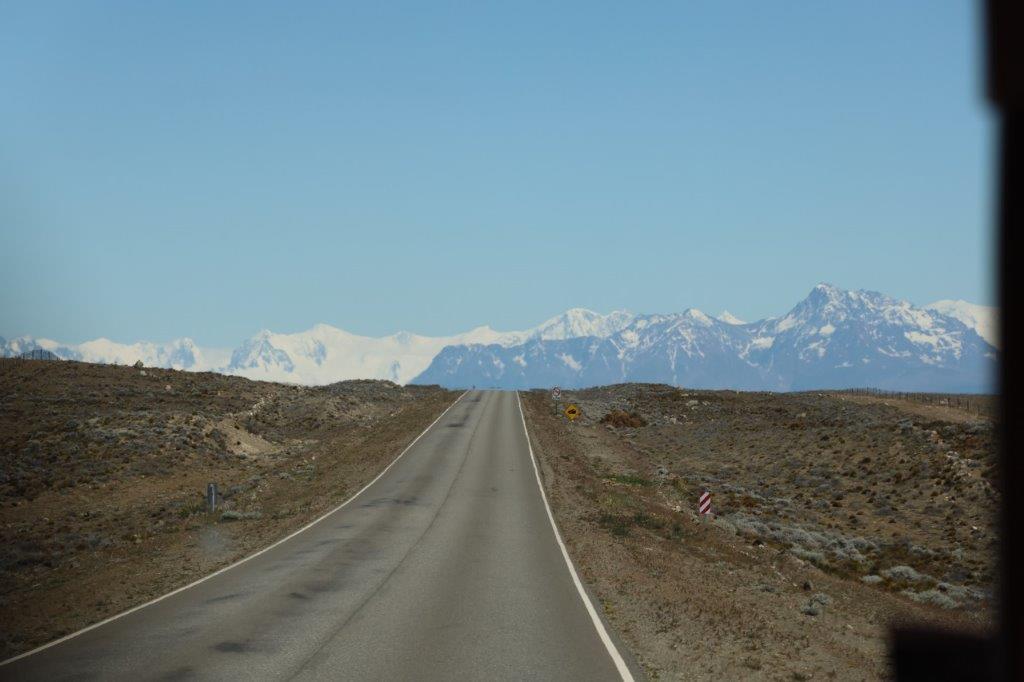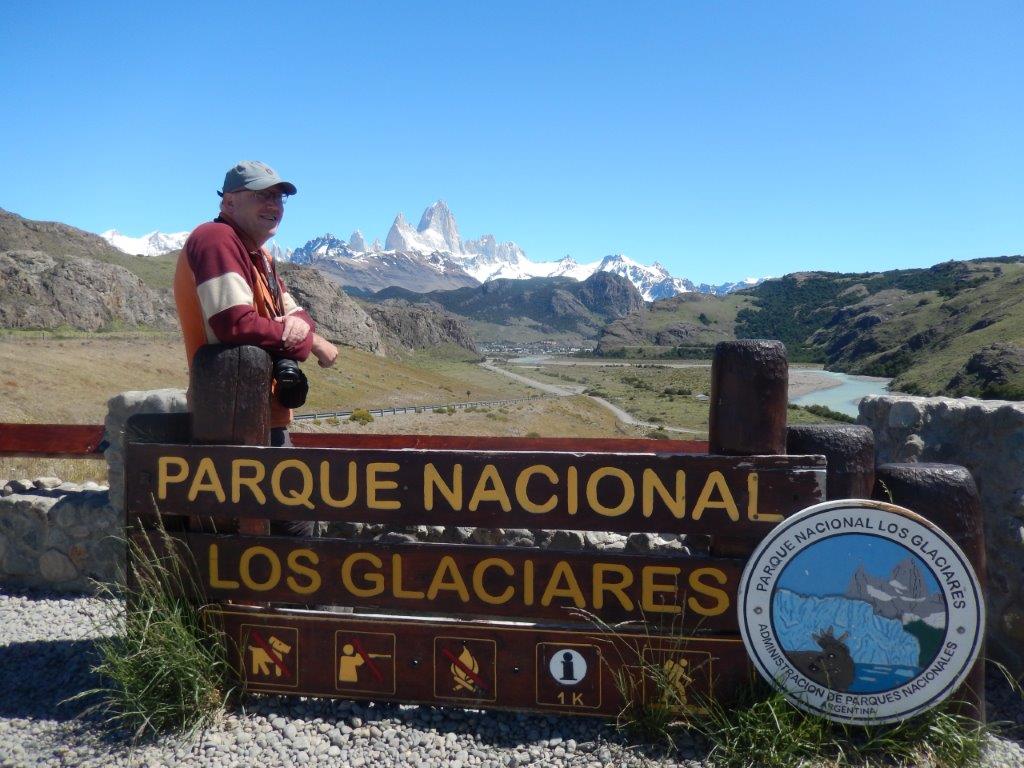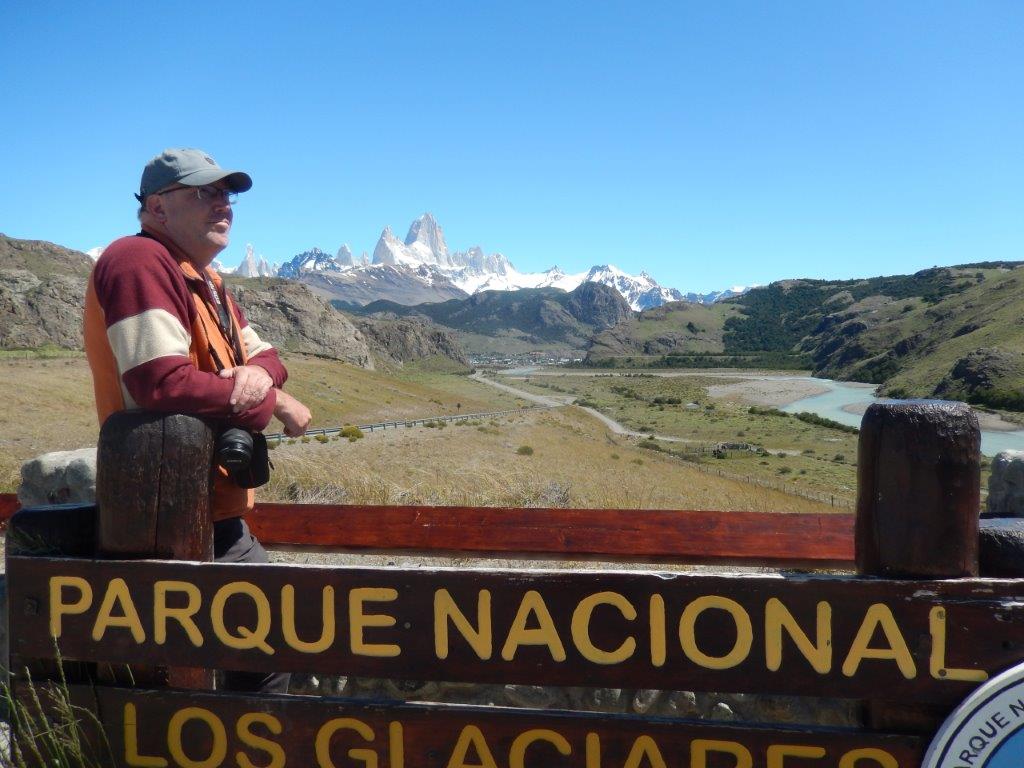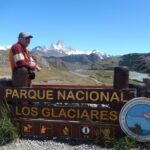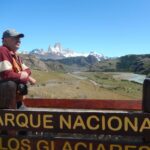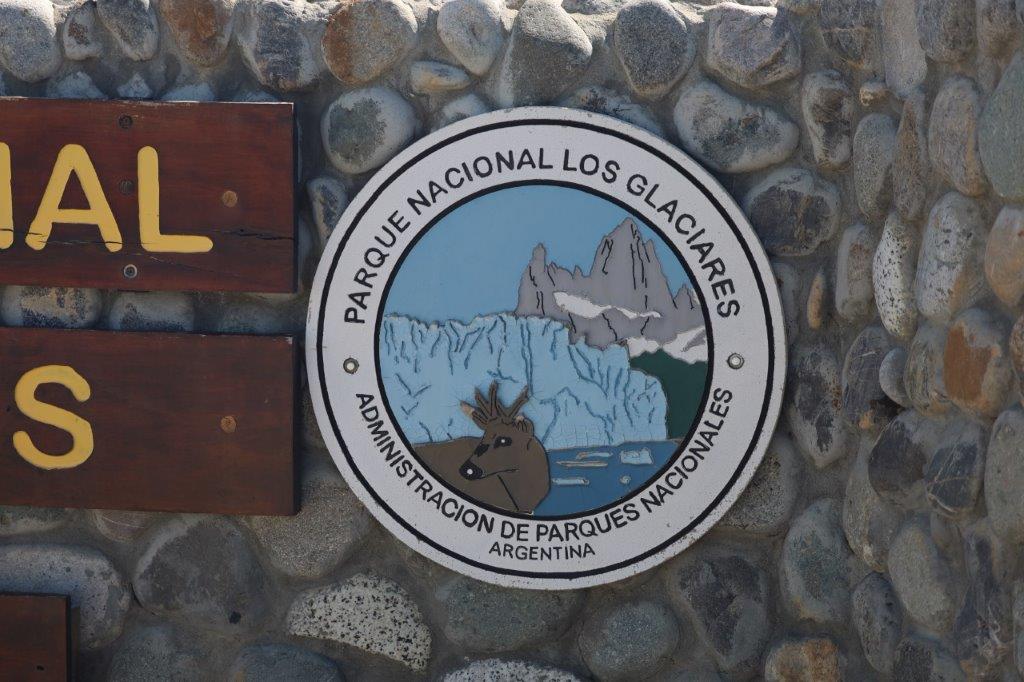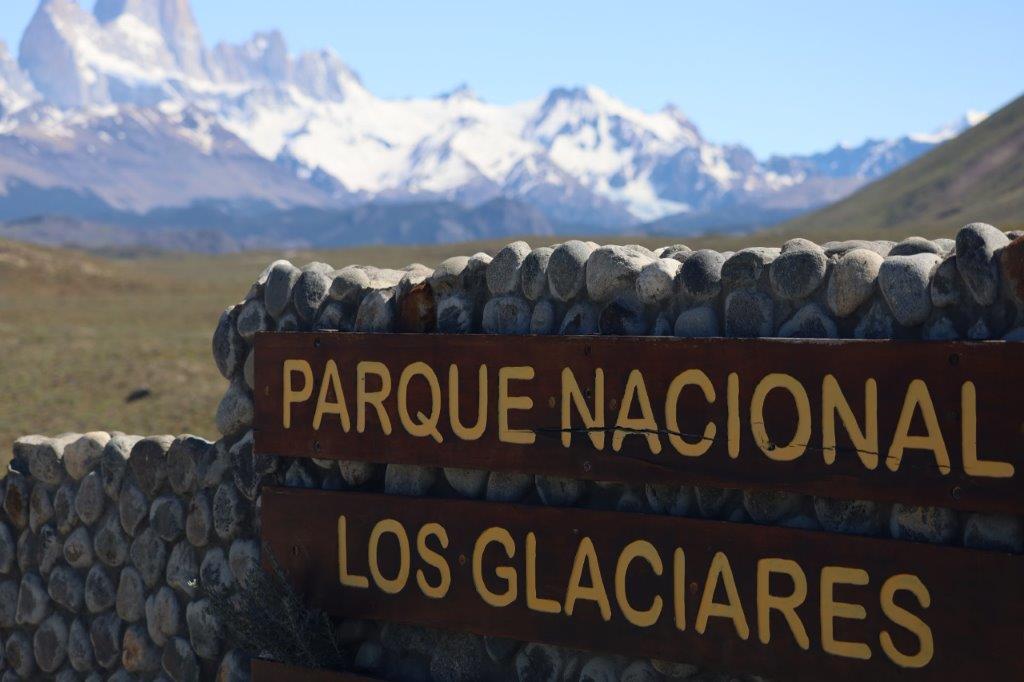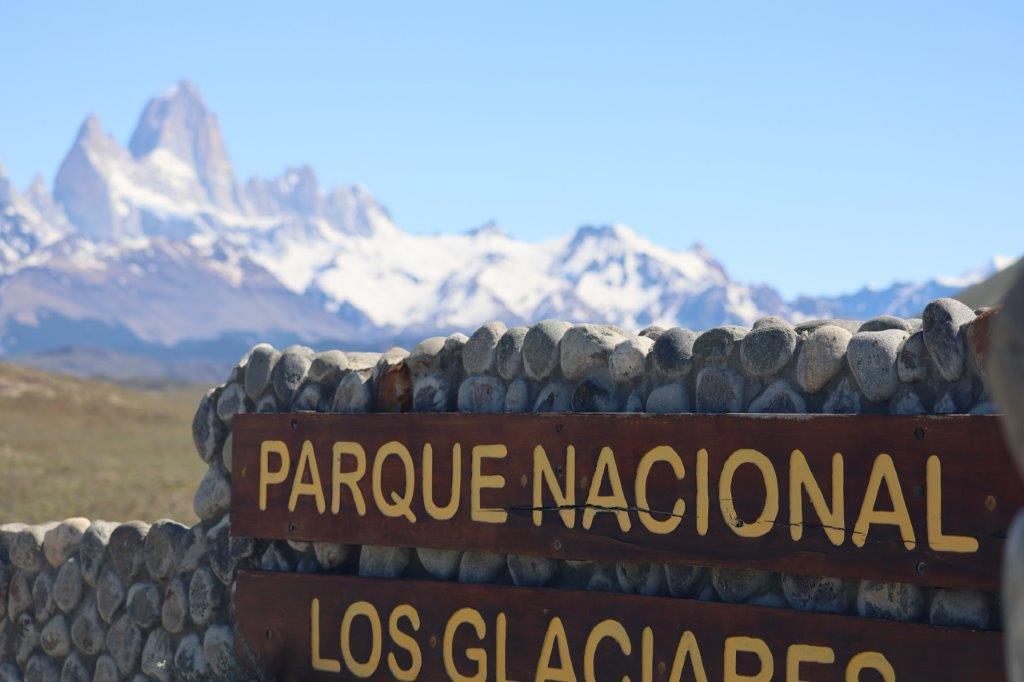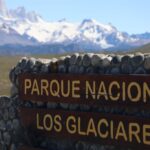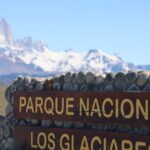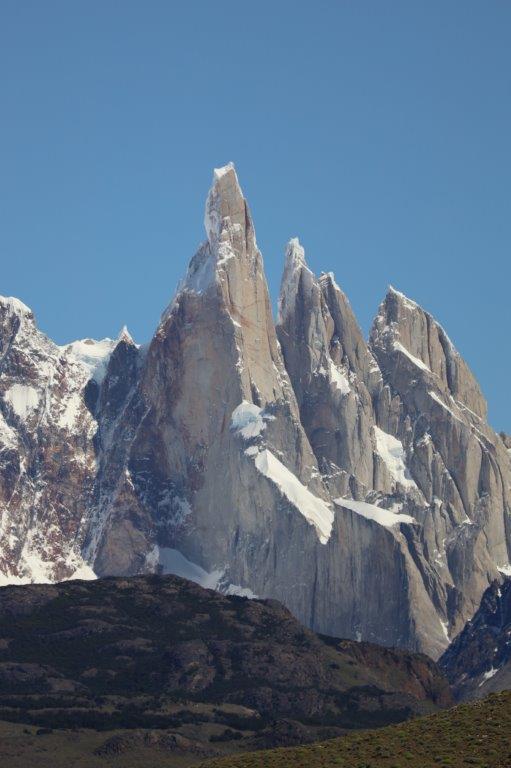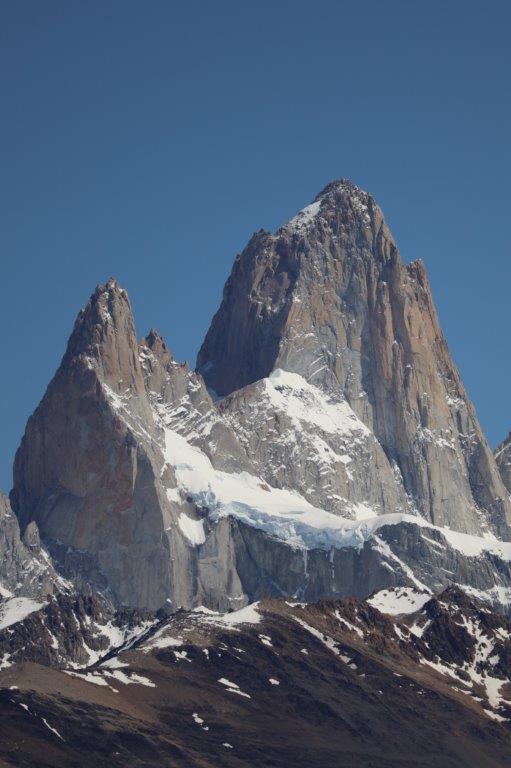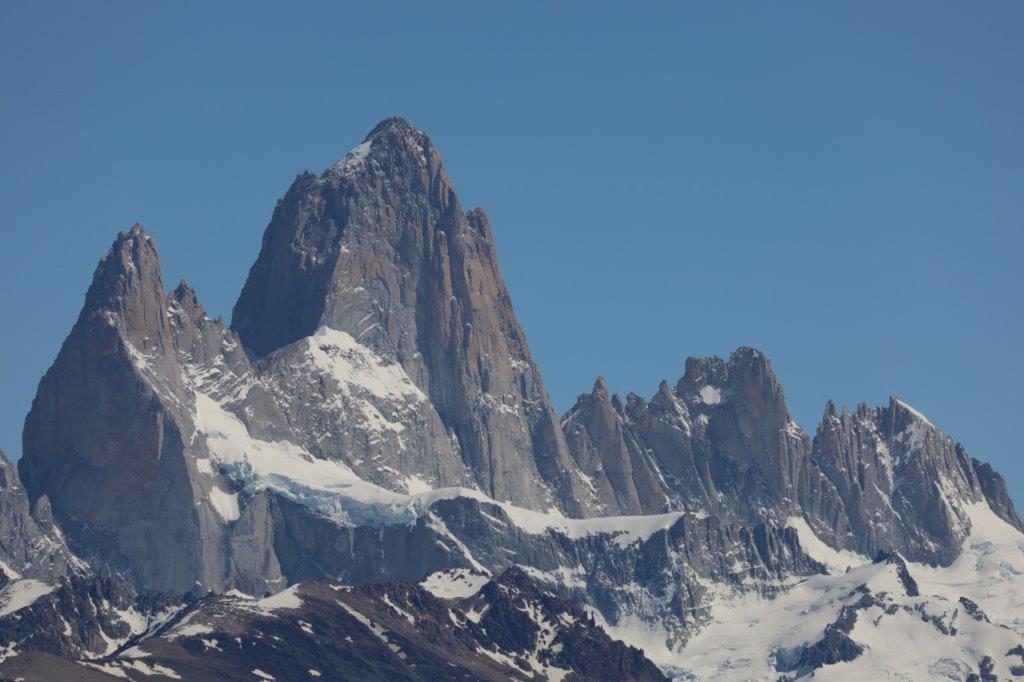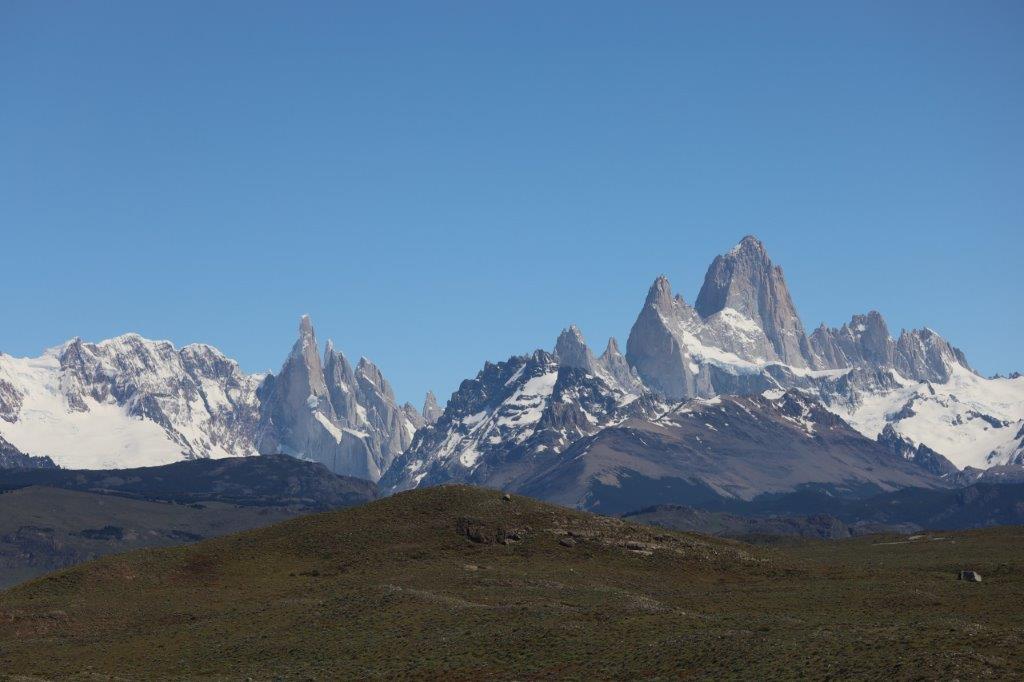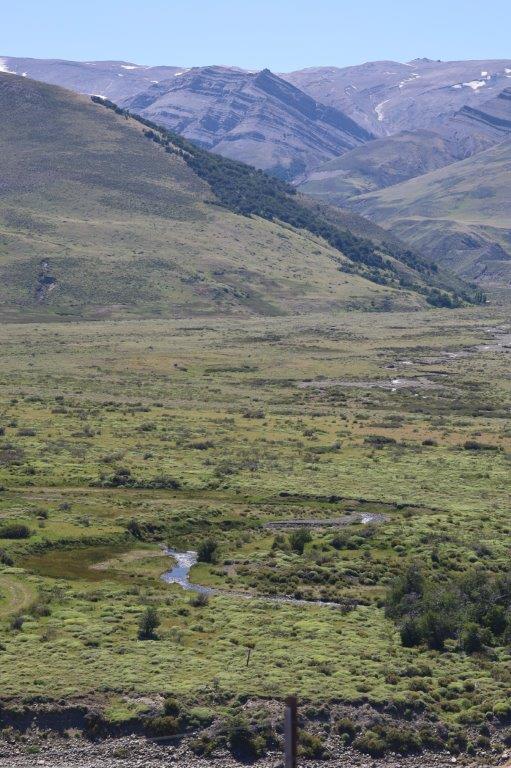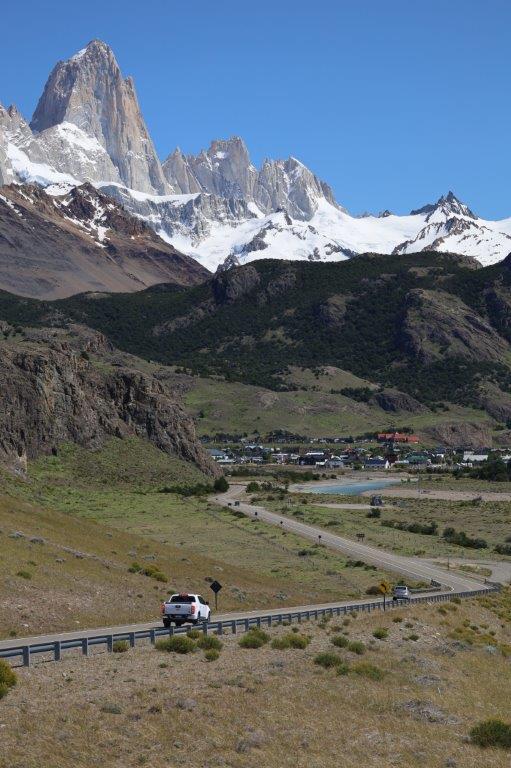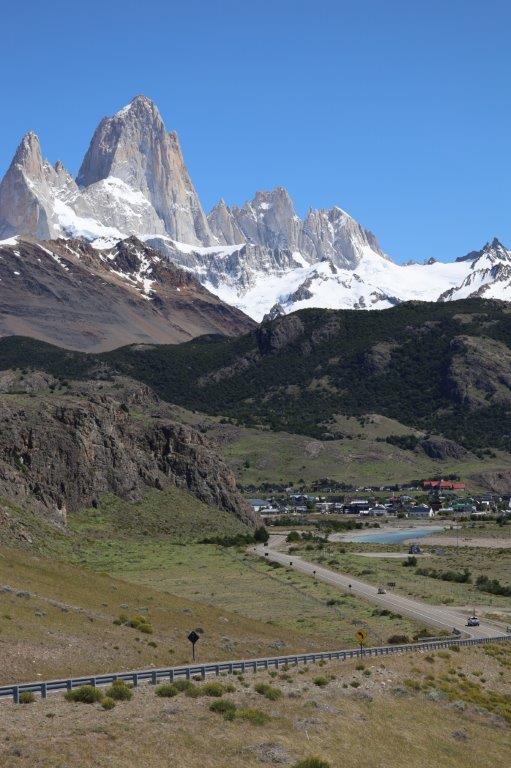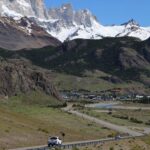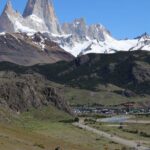22. Argentina: Southern Lake District and Arrival at El Chaltén, Hiking Capital of Argentina (Los Glaciares National Park/UNESCO World Heritage Site)
The RP23 goes west, north of Lago Viedma, directly towards the ever growing Andes mountain range. It goes first towards the Trekking Capital of Argentina at El Chaltén and even long before arrival or even a first sight of El Chaltén, it becomes crystal clear why this small village has grown into the trekking capital, because the road goes straight towards the most spectacular part of the Argentinian Andes at Cerro Torre and Monte Fitz Roy...
Where Roadhouse La Leona, RN40 and El Calafata are still in the rolling Andean foothills and part of the Patagonian desert or steppe, the landscape that he was closing into now was a serious mountainous landscape of extraordinary beauty…
Southern Lake District
Moving from the luscious green northern lake district to the much wilder, more barren and less hospitable, but nonetheless even more beautiful southern lake district was quite some shift in environment. Yes this was still Patagonia and yes it was still the Andes, but the distance between San Carlos de Bariloche and El Chaltén was almost 1400 kilometers (1392 to be precise). So 1400 kilometers more south, closer to Antarctica, much colder in winter, much drier too because Antarctica is like a polar desert with little to none precipice (read more about that at:
). In the upcoming weeks I could genuinely say to myself that I hadn’t been this close to Antarctica before.
Lago Viedma
Just before the RP 23 was leaving Lago Viedma behind, there was a beautiful mirador (viewpoint in Spanish) over the lake…
Viedma Lake (Spanish: Lago Viedma, is a Patagonian lake in the province of Santa Cruz, Argentina, situated near its border with Chile. Measuring approximately 50 miles (80 kilometers) in length, it is a major elongated trough lake formed from melting glacial ice. Viedma Lake is the second largest perennial lake located entirely within Argentina.
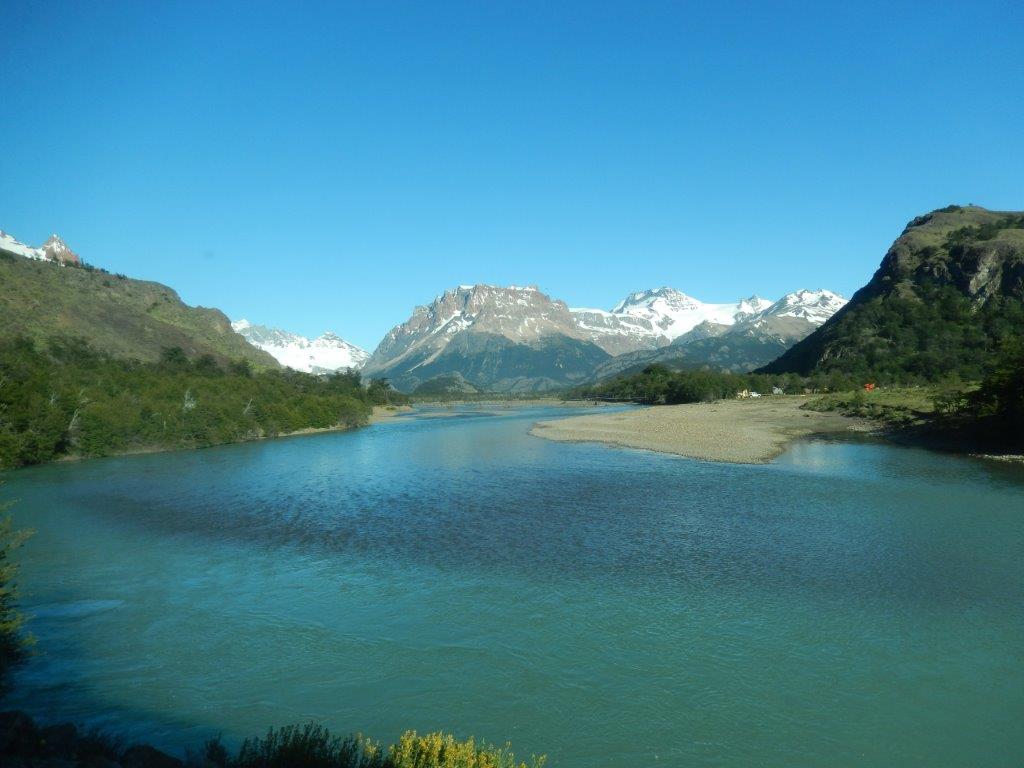 Now the RP23 went closer to Monte Fitz Roy and El Chaltén and after some final stretches of road…
Now the RP23 went closer to Monte Fitz Roy and El Chaltén and after some final stretches of road…
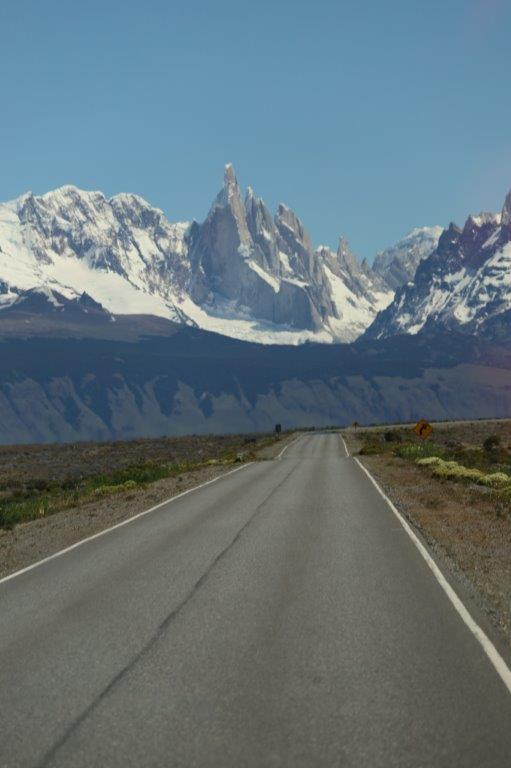 … The Wandelgek reached the borders of the:
… The Wandelgek reached the borders of the:
Los Glaciares National Park
Los Glaciares National Park (Spanish: Parque Nacional Los Glaciares) is a federal protected area in Santa Cruz Province, Argentina.
The park covers an area of 726,927 ha (7,269.27 km2; 2,806.68 sq mi), making it the largest national park in the country. Established on 11 May 1937, it hosts a representative sample of Magellanic subpolar forest and west Patagonian steppe biodiversity in good state of conservation. In 1981, it was declared a World Heritage Site by UNESCO.
The park’s name refers to the giant ice cap in the Andes, the largest outside of Antarctica, Greenland and Iceland, feeding 47 large glaciers, of which 13 flow towards the Pacific Ocean. In other parts of the world, glaciers start at a height of at least 2,500 m (8,200 ft) above mean sea level, but due to the size of the ice cap, these glaciers begin at only 1,500 m (4,900 ft), sliding down to 200 m (660 ft). Los Glaciares borders Torres del Paine National Park to the south in Chilean territory.
From this part of the Natiinal Park, the mountain views were fabuleus, as was the weather…
Cerro Torre
Cerro Torre is one of the mountains of the Southern Patagonian Ice Field in South America. It is located in Argentina and Chile, west of Fitz Roy (also known as Cerro Chaltén). The peak is the highest of a four mountain chain: the other peaks are Torre Egger (2,685 m (8,809 ft)), Punta Herron, and Cerro Standhardt. The top of the mountain often has a mushroom of rime ice, formed by the constant strong winds, increasing the difficulty of reaching the actual summit.
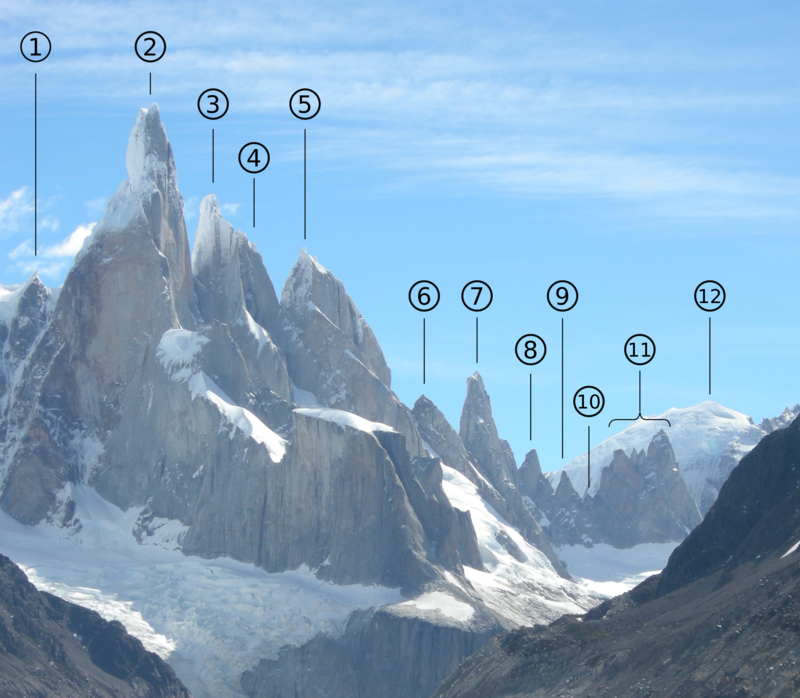
East face of the cerro Torre group (Fitz Roy massif, Patagonia) taken from the Laguna Torre, and with names as following:
1: Torre Rafael Juárez
2: Cerro Torre
3: Torre Egger
4: Punta Herron
5: Aguja Standhart
6: Perfil del Indio
7: Aguja Bífida
8: Torre Pachamama
9: Torre Achachila
10: Torre Inti
11: Cuatro Dedos
12: Domo Blanco
Monte Fitz Roy
This mountain was named after Robert FitzRoy (Ampton, 5 July 1805 – Upper Norwood, 30 April 1865), who was an English officer of the Royal Navy and a scientist. He achieved lasting fame as the captain of HMS Beagle during Charles Darwin’s famous voyage, FitzRoy’s second expedition to Tierra del Fuego and the Southern Cone. It was Fitzroy who invited Darwin to join. For me Charles Darwin is the foremost scientist the world has seen. More important than even Einstein. His evolution theory has been able to explain so much about how we developed into what we are today. Great man and on top of that an adventurer and explorer as well.
Monte Fitz Roy (also known as Cerro Chaltén, Cerro Fitz Roy, or simply Mount Fitz Roy) is a mountain in Patagonia, on the border between Argentina and Chile. It is located in the Southern Patagonian Ice Field, near El Chaltén village and Viedma Lake. It was first climbed in 1952 by French alpinists Lionel Terray and Guido Magnone.
Argentina and Chile have agreed that their international border detours eastwards to pass over the main summit, but a large part of the border to the south of the summit, as far as Cerro Murallón, remains undefined. The mountain is the symbol of the Argentine Santa Cruz Province, which includes its representation on its flag and its coat of arms.
Nevertheless, most of the summit remains in uncontested Argentinian territory, including its famous peak (which is inaccessible from the Chilean side), and even enjoying its sight remains – in practical terms – pretty much restricted to the Eastern slopes of the Andes and whether it was coincedance, carefull planning or something in between, that was where The Wandelgek was heading to so enjoy these views as much as I did.. .
…or maybe it will be better, without the always present Patagonian wind 😂.
The photo beneath shows the bare landscape near to the Andes, which is already very much greener than then the Patagonian desert near La Leona Roadhouse.
Now it was only a bit further before The Wandelgek, driving over one of those rolling foothills, saw his destination for the night, the village of:
El Chaltén – Trekking capital of Argentina
The pictures below are from a hilll just outside of the village. They show the village tugged in by the foothills at the base of Mount Fitzroy and the RP23 windingen its way to the village.
El Chaltén is a small mountain village in Santa Cruz Province, Argentina. It is located on the riverside of Rio de las Vueltas, within the Los Glaciares National Park (section Reserva Nacional Zona Viedma) near the base of Cerro Torre and Cerro Fitz Roy spires, both popular for climbing. It is 220 km north of El Calafate. It is also a popular base for hiking numerous trails, such as those to the base of surrounding peaks and glacial lakes, such as Laguna Torre and Laguna de los Tres (near the base of Fitz Roy).
As soon as The Wandelgek arrived at El Chaltén, he felt something he had been missing on his travels for quite some time, but which was important to him and very recognizable. He had felt it before in such elusive places like Kathmandu, Lhasa, Kashgar, Buchara and Stone Town, but it had been long ago and he had almost forgotten about those: Backpacker nests and even better Backpacking trekker nests. El Chaltén definitely fell into both categories.
After arrival and checking in early in the afternoon, it was time for a walk…

